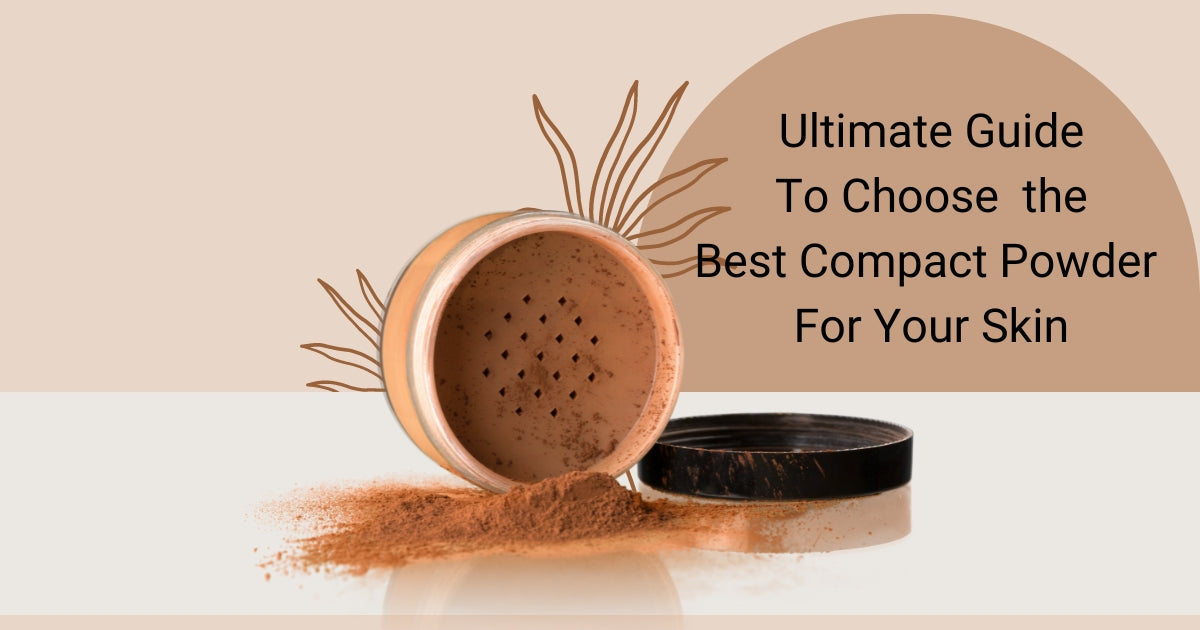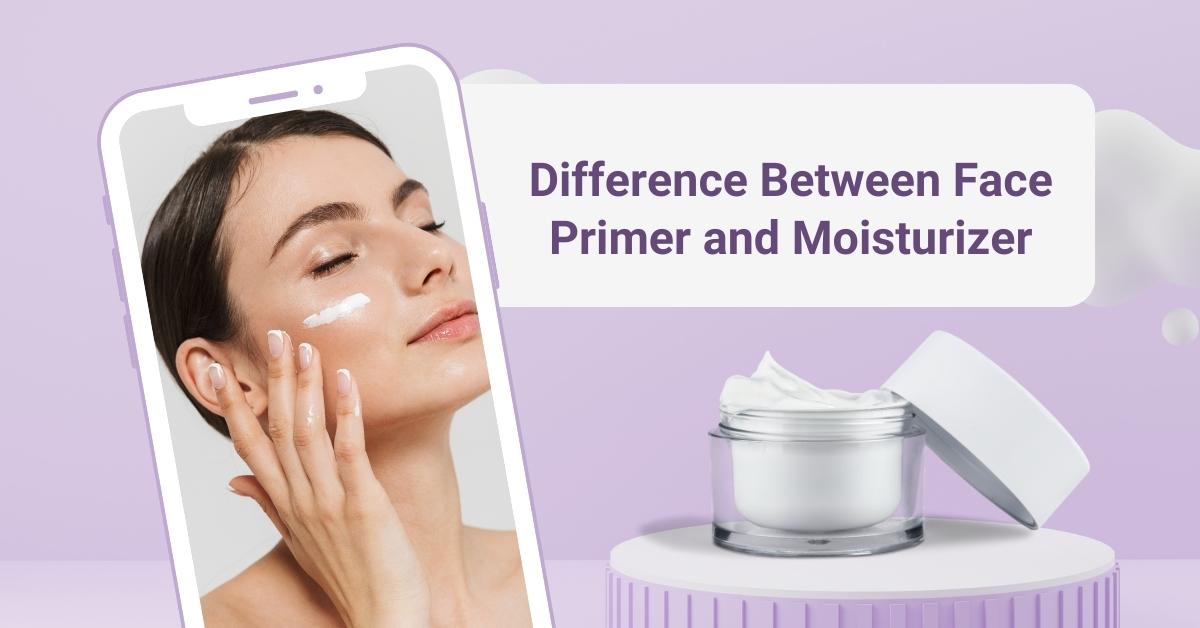 Indian women have adorned their eyes with the timeless beauty of kajal and kohl for centuries. These eye-enhancing products not only define and accentuate the eyes but also hold cultural and historical significance. However, there's often confusion surrounding the difference between kajal and kohl. In this blog, we will unravel this confusion, delve into the benefits of using kajal, and provide a guide on how to use these products effectively. So, let's get started!
Indian women have adorned their eyes with the timeless beauty of kajal and kohl for centuries. These eye-enhancing products not only define and accentuate the eyes but also hold cultural and historical significance. However, there's often confusion surrounding the difference between kajal and kohl. In this blog, we will unravel this confusion, delve into the benefits of using kajal, and provide a guide on how to use these products effectively. So, let's get started!
Understanding the Difference
Kajal vs. Kohl
One of the primary sources of confusion lies in the terminology. Is kajal the same as kohl? The answer is both yes and no. While the terms are often used interchangeably, there are subtle differences between the two.
Kajal is traditionally a smudge-proof, long-lasting, and intensely pigmented eye cosmetic. It's commonly used for lining the waterline of the eyes, creating that signature smoky look. Kajal is typically made from natural ingredients and is known for its gentle and safe formula.
On the other hand, kohl is a broader term that encompasses various eye cosmetics. In its purest form, kohl is made from antimony, lead, or other minerals, and it has been used in ancient traditions. However, modern kohl products may include synthetic ingredients and have a softer texture, making them suitable for different eye makeup techniques.
Benefits of Using Kajal
Kajal Benefits
Kajal offers numerous advantages for Indian women who desire striking eye makeup. Kajal provides a deep, intense black colour that instantly defines and highlights your eyes, making them appear more prominent. Good quality kajal is known for its long-lasting properties, ensuring your eye makeup stays intact throughout the day. Applying kajal on the waterline not only beautifies the eyes but also has a cooling effect, reducing eye irritation. Kajal can be used to create diverse eye makeup looks, from smokey eyes to winged eyeliner, making it a versatile beauty product. Many kajal brands prioritise natural and cruelty-free ingredients, making it a safe choice for those who prefer ethical beauty products.
How to Use Kajal
Using kajal effectively involves some specific techniques to achieve the desired results. Start by cleansing and moisturising your eyelids. This ensures a smooth application and prevents the kajal from smudging. Use one hand to gently pull your eyelid upwards, creating a taut surface for easy application. Carefully apply the kajal to your lower waterline, gliding the pencil from the inner to the outer corner of your eye. Depending on your desired look, you can either leave the kajal as is or smudge it with a smudging brush or cotton swab to create a smoky effect. For a more dramatic look, you can apply kajal to the upper waterline as well, though this can be trickier and may take some practice. To complete your look, consider using an eyeshadow palette to add dimension and colour to your eyelids. Once your complete eye makeup is done, you can then finish off with your liquid eyeliner for that extra drama.
Kohl vs. Kajal
 Another point of confusion often arises when comparing kohl and kajal to regular eyeliners. Kajal is usually more smudge-resistant and offers a softer, smokey look, perfect for enhancing the eyes' natural beauty. Eyeliner, on the other hand, is often waterproof and delivers sharper, more defined lines. When it comes to liquid eyeliner vs. kajal, liquid eyeliners provide the most precise and sharp lines. However, they are less forgiving if you make a mistake. Kajal is more forgiving and can be easily smudged to correct errors, making it an excellent choice for beginners.
Another point of confusion often arises when comparing kohl and kajal to regular eyeliners. Kajal is usually more smudge-resistant and offers a softer, smokey look, perfect for enhancing the eyes' natural beauty. Eyeliner, on the other hand, is often waterproof and delivers sharper, more defined lines. When it comes to liquid eyeliner vs. kajal, liquid eyeliners provide the most precise and sharp lines. However, they are less forgiving if you make a mistake. Kajal is more forgiving and can be easily smudged to correct errors, making it an excellent choice for beginners.
Finding the Perfect Kajal
When selecting kajal, consider factors like the kajal’s price, brand, and ingredients. Kajal is available in various price ranges, from affordable to high-end. The price often reflects the quality of ingredients and pigmentation. However, quality kajal doesn't always have to break the bank. Many Indian women are conscious of animal welfare and prefer cruelty-free brands. Fortunately, there are numerous cruelty-free kajal options available in the market. Check the ingredients to ensure they are safe and suitable for your skin. Natural ingredients are often a preferred choice.
In conclusion, understanding the difference between kajal and kohl is essential for achieving the perfect eye makeup look. Kajal offers multiple benefits, such as intense eye definition, long-lasting wear, and versatility in creating various looks. Using kajal effectively involves proper preparation and application techniques. When comparing kajal and kohl to regular eyeliners, it's essential to consider the look you want to achieve and your level of expertise.
Whether you opt for kajal or kohl, the beauty of Indian eye makeup lies in its rich history and cultural significance. So, embrace this timeless tradition and create mesmerising eyes that captivate the world.
Remember, beauty products, including kajal, have evolved over the years, and it's important to choose brands that align with your values, whether it's cruelty-free, natural ingredients, or ethical sourcing. Your choice in makeup is not just about enhancing your beauty but also making a statement about what you believe in.
Try it our Iba All Day Kohl Kajal!
Also Read
FAQs
Can I use kajal for sensitive eyes?
If you have sensitive eyes and you want to use a kajal, then make sure you research and check the ingredients before you purchase the product. There are quite a few cruelty free and vegan options available in the market which are free from harmful ingredients and are also dermatologically tested.
Can I use my kajal in any other way apart from using it for my eyes?
Yes, you can use your kajal like a lip liner for gothic halloween themed makeup looks and you can also use it to create freckles for a fresh sun kissed look.
Is it safe to use a kajal everyday?
It is absolutely safe to apply your kajal everyday, if it is a vegan kajal and has been infused with natural and safe ingredients.




